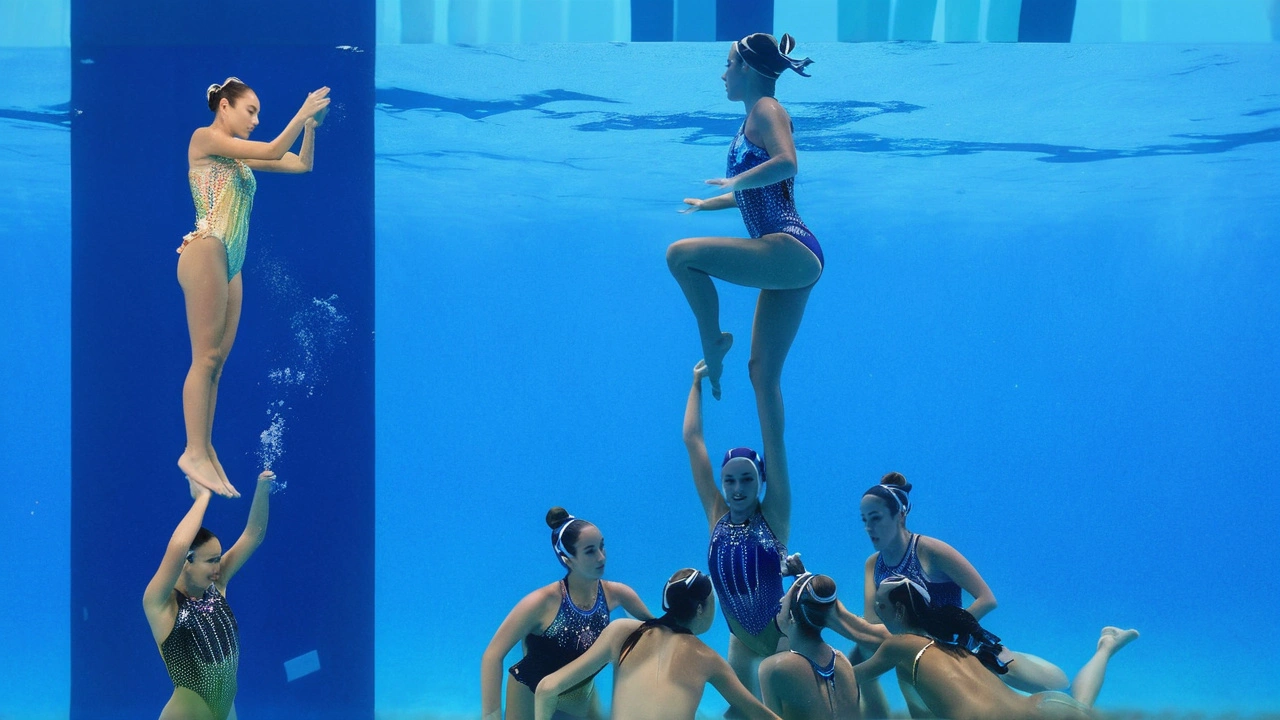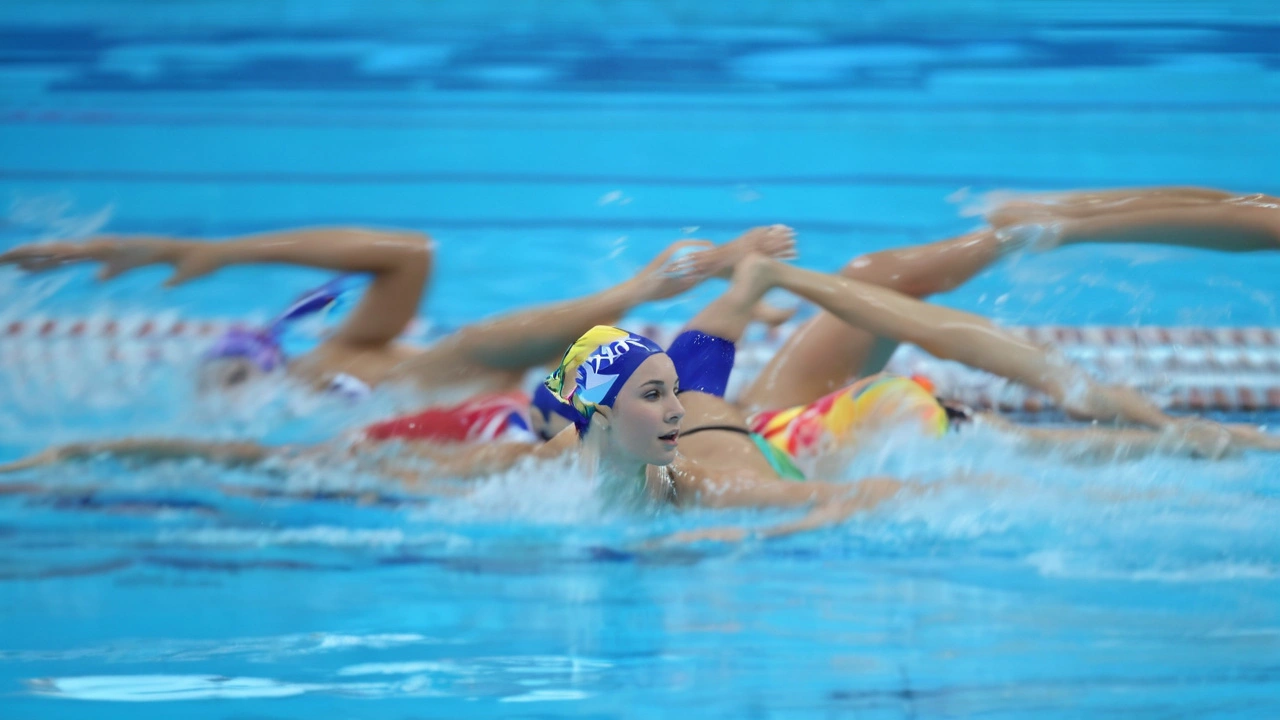Exploring the Evolution and Challenges of Artistic Swimming

In Sports
The Evolution and Current State of Artistic Swimming
Artistic swimming, once known by its more traditional name synchronized swimming, has experienced significant transformations over the years. This sport, which combines elements of dance, gymnastics, and swimming, first gained widespread attention as a display of synchronized movements performed gracefully in the water. Over time, it garnered immense popularity, largely due to its visually stunning routines and intricate, artistic expressions.
However, recent changes in scoring methodologies have altered the sport's landscape. Notably, the introduction of the Degree of Difficulty (DD) scoring system has had a profound impact on the way routines are structured and perceived. The premise behind DD scoring is to quantify the technical complexity of each routine, theoretically enabling a more objective comparison of performances across different teams and athletes. While this system aims to reward technical prowess, it has sparked a debate regarding the balance between athleticism and artistry.
The Shift Towards Technical Complexity
With the advent of the DD scoring system, there has been an apparent shift in priorities within the world of artistic swimming. Coaches and athletes are now heavily focused on achieving high DD scores, which often means choreographing routines that are laden with technical elements. These routines require immense skill and precision, often pushing athletes to the brink of their physical capabilities.
While the emphasis on technical difficulty has undeniably heightened the athletic demands of the sport, it has also led to a concerning trend: the sacrifice of artistic expression. The routines, though technically impressive, are becoming increasingly uniform and predictable. The spontaneity and creative flair that once defined artistic swimming appear to be waning, raising questions about the sport's evolving identity.
Frustration Among Athletes and Coaches
In the backdrop of these changes, a sense of frustration is palpable among many athletes and coaches. The intense focus on technical scores has resulted in a narrow definition of success, often at the expense of creative freedom. For many, this shift feels like a departure from the sport’s roots and essence. The stress of meeting exacting technical standards can overshadow the joy and artistic gratification that drew athletes to the sport in the first place.
The Montpellier World Cup, a key event in the artistic swimming calendar, served as a recent flashpoint for this ongoing debate. Observers and participants noted a tense atmosphere, with outcomes that often bewildered even seasoned professionals. The event highlighted the dissatisfaction permeating the community, underscoring the tension between achieving technical excellence and maintaining artistic integrity.

A Historical Perspective
To understand the depth of this issue, it’s crucial to consider the historical backdrop of artistic swimming. Originally, the sport was celebrated for its harmonious fusion of art and athleticism. Performances were designed not merely to showcase physical capability, but to tell a story or evoke an emotional response from the audience. The routines were varied, imaginative, and rich in artistry, setting artistic swimming apart from other aquatic sports.
Over the decades, the sport has evolved in response to changing tastes and competitive standards. Each generation of athletes has contributed to its growing complexity, with new moves and sequences pushing the boundaries of what’s possible in the water. However, the recent pivot towards a predominantly technical focus marks a significant departure from its artistic origins.
The Need for Balance
The ongoing debate within the artistic swimming community highlights a broader conundrum facing many artistic sports: finding the right balance between technical skills and creative expression. While it is crucial to develop and recognize athletes' technical abilities, it is equally important to preserve the artistic soul of the sport. Artistic swimming's unique charm lies in its ability to blend these elements harmoniously.
Moving forward, there is a pressing need for a recalibration of scoring systems and competitive frameworks. By striking a balance between rewarding technical difficulty and valuing artistic innovation, the sport can potentially reclaim its lost essence. This balance is no easy feat, but it is essential for ensuring that artistic swimming continues to inspire and engage both participants and audiences alike.
Looking Ahead
The future of artistic swimming hinges on how well the sport can navigate these complexities. Athletes and coaches must continue to push the envelope, exploring new ways to merge technical expertise with creative storytelling. At the same time, governing bodies and adjudicators must remain attuned to the evolving needs and desires of the sport's community, fostering an environment where both technical mastery and artistic expression can thrive.
Ultimately, artistic swimming has the potential to emerge stronger and more dynamic, provided it can recapture the balance that made it so enchanting. By honoring its rich history and embracing thoughtful innovation, the sport can look forward to a future that celebrates both the athletes' prowess and their artistic vision.
Write a comment